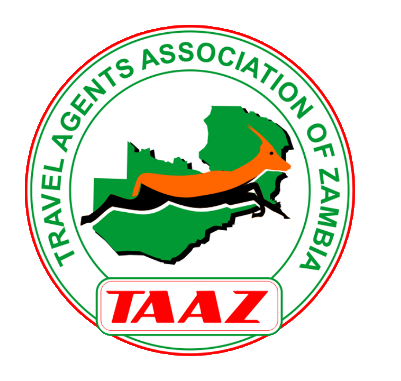Lake Kariba
Lake Kariba
Lake Kariba, situated on the border between Zambia and Zimbabwe, is recognized as the world’s largest artificial lake and reservoir by volume. Constructed between 1958 and 1963 through the Kariba Dam, it submerged the Kariba Gorge along the Zambezi River. The town of Kariba was built to house construction workers, and additional settlements were created for those displaced by the dam’s development.
Spanning over 223 kilometers (139 miles) in length and reaching widths of up to 40 kilometers (25 miles), Lake Kariba encompasses an area of 5,580 square kilometers (2,150 square miles) and has a storage capacity of 185 cubic kilometers (44 cubic miles). Its average depth is 29 meters (95 feet), while the deepest point reaches 97 meters (318 feet). The vast volume of water in the lake has been associated with seismic activity in the area, resulting in earthquakes with magnitudes greater than 5.
The lake is dotted with several islands and boasts a rich ecosystem. Its nutrient-dense waters support a flourishing fish population, including the kapenta, which was brought in from Lake Tanganyika and has spurred a commercial fishing industry. Lake Kariba is also inhabited by Nile crocodiles, hippopotamuses, and various game fish such as tigerfish, making it a popular destination for tourists from both Zambia and Zimbabwe. The shores are home to fish eagles, cormorants, elephants, and other large game animals, though poaching has severely impacted rhinoceros’ numbers in the adjacent Matusadona National Park.




